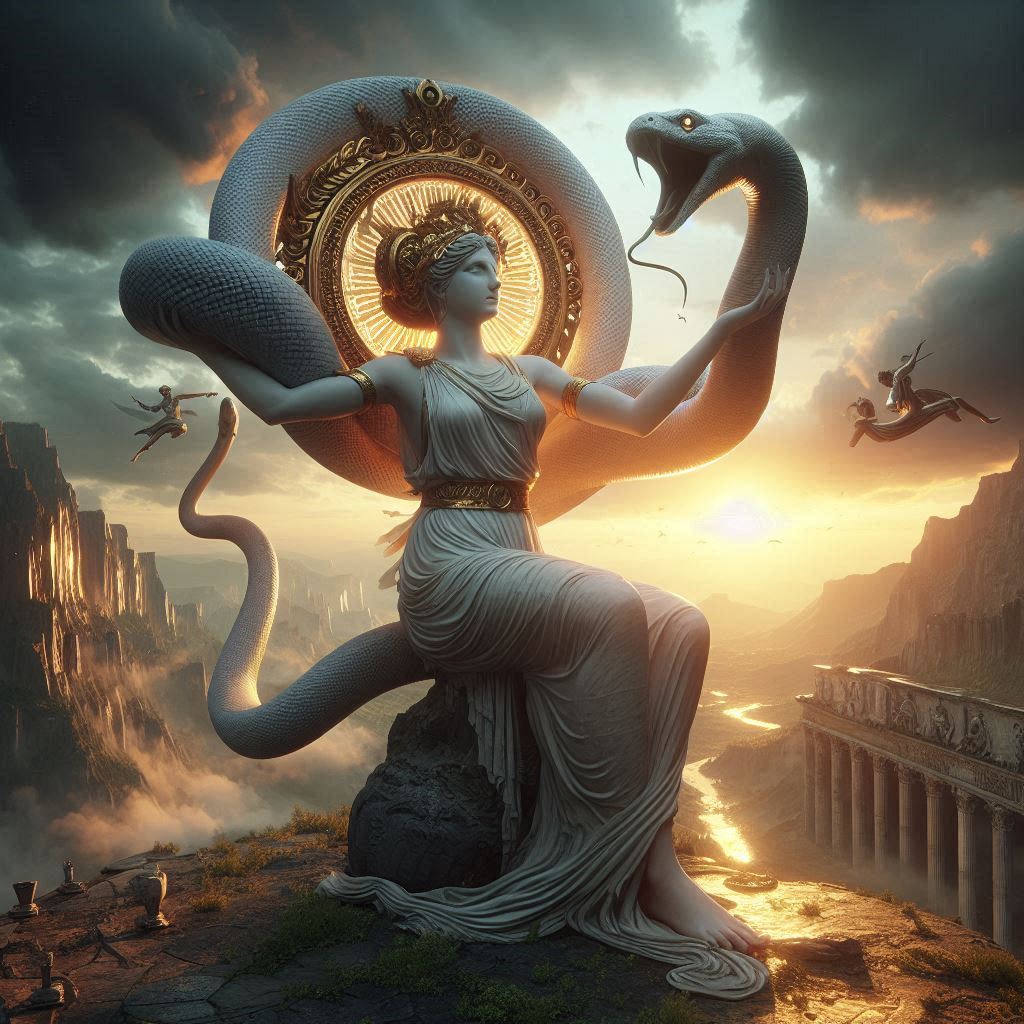Table of Contents
Frankenstein by Mary Shelley: A Study of Creation, Isolation, and Responsibility
Frankenstein; or, The Modern Prometheus by Mary Shelley is more than just a tale of gothic horror. First published in 1818, this seminal work traverses a landscape of profound philosophical and ethical questions, exploring the consequences of human ambition, the isolation of the individual, and the weight of moral responsibility. Through Victor Frankenstein’s tale of creation and consequence, Shelley presents a rich narrative that engages with themes of scientific advancement, human suffering, and existential reflection.

I. Historical and Philosophical Context
Mary Shelley’s Frankenstein was written during an era of great scientific curiosity and advancement known as the Enlightenment. The early 19th century saw the rise of modern science, with thinkers like Isaac Newton and developments in fields such as electricity and chemistry shaping intellectual discourse. Shelley’s husband, Percy Bysshe Shelley, and their circle, including Lord Byron and John Polidori, were profoundly influenced by these developments and their philosophical implications.
Moreover, the novel echoes the Promethean myth, in which the Titan Prometheus steals fire from the gods to grant it to humanity, suffering eternal punishment for his audacity. This myth becomes a poignant metaphor for Victor Frankenstein’s pursuit of knowledge and the consequential suffering that arises from exceeding natural bounds.
II. The Ethics of Creation and Ambition
One of the central themes in Frankenstein is the ethical dilemma associated with creation. Victor’s ambition drives him to push the limits of natural science to create life itself. However, his failure to anticipate the moral and social consequences of his actions leads to devastating results. The Creature, born of this ambition, becomes the physical embodiment of unintended consequences.
Shelley’s critique of unchecked ambition resonates with broader ethical debates about the role of science and the responsibility of the scientist. Frankenstein’s tale serves as a cautionary allegory warning against hubris—a theme that remains relevant today as we navigate the moral quandaries posed by rapid technological advancements such as genetic engineering and artificial intelligence.
III. The Theme of Isolation
Isolation, both physical and emotional, permeates Frankenstein. Victor’s obsession with his work isolates him from family, friends, and society. His seclusion is both a cause and consequence of his scientific obsession. The Creature, on the other hand, experiences isolation not by choice but as a result of his appearance and the fear he provokes in others. He is cast out, a figure of otherness, and denied companionship or understanding.
Shelley thus posits that isolation leads to suffering, with the Creature embodying the psychological torment of exclusion. His desire for companionship and his subsequent anger at being denied it reveal Shelley’s sensitivity to the innate human need for social bonds. In this way, the novel explores the complex interplay between creator and creation and the destructive power of neglect.
IV. The Search for Identity and the Nature of Humanity
Through the Creature’s journey, Shelley addresses the question: What does it mean to be human? The Creature’s initial innocence, his search for knowledge, and his desperate longing for acceptance highlight fundamental aspects of human experience. Despite his grotesque exterior, he is capable of profound emotions, moral reflection, and articulate thought. Yet, society’s inability to look past his appearance and recognize his humanity precipitates his fall into violence and despair.
Shelley’s narrative challenges readers to consider how society shapes identity and how empathy and judgment can impact the path a being takes. The Creature’s development mirrors that of a child deprived of nurturing—his potential warped by trauma and societal rejection. In a broader sense, the novel serves as a critique of social alienation and the conditions that give rise to violence and unrest.
V. Responsibility and Consequences
Frankenstein is ultimately a story of responsibility—or the lack thereof. Victor’s refusal to acknowledge the moral implications of his experiment leads not only to his own ruin but to the suffering of others. Shelley’s work embodies the Enlightenment fear that knowledge without ethical consideration can be catastrophic. Victor’s guilt and eventual realization come too late, and the novel concludes on a bleak note, emphasizing the irrevocable nature of his mistakes.
This theme of responsibility extends beyond Victor to the society that rejects the Creature. Shelley suggests that moral accountability is collective; just as Victor’s irresponsibility condemns him, so too does society’s cruelty condemn the Creature to a life of vengeance.
VI. Modern Relevance and Conclusion
The questions raised by Frankenstein resonate strongly in the contemporary world. With advancements in artificial intelligence, bioengineering, and human cloning, we continue to grapple with the boundaries of creation and the ethics of pushing them. Shelley’s prescient warnings remind us of the importance of foresight and the need for ethical discourse in the pursuit of progress.
In conclusion, Mary Shelley’s Frankenstein remains a timeless work, exploring the intersections of creation, ambition, isolation, and moral responsibility. It is a haunting narrative that challenges readers to reflect on the consequences of their pursuits and the profound effects of empathy—or the lack thereof—on the human condition. Shelley’s masterpiece invites not only a reconsideration of the boundaries of science but a deepened understanding of what it means to be responsible creators and members of society.


No responses yet